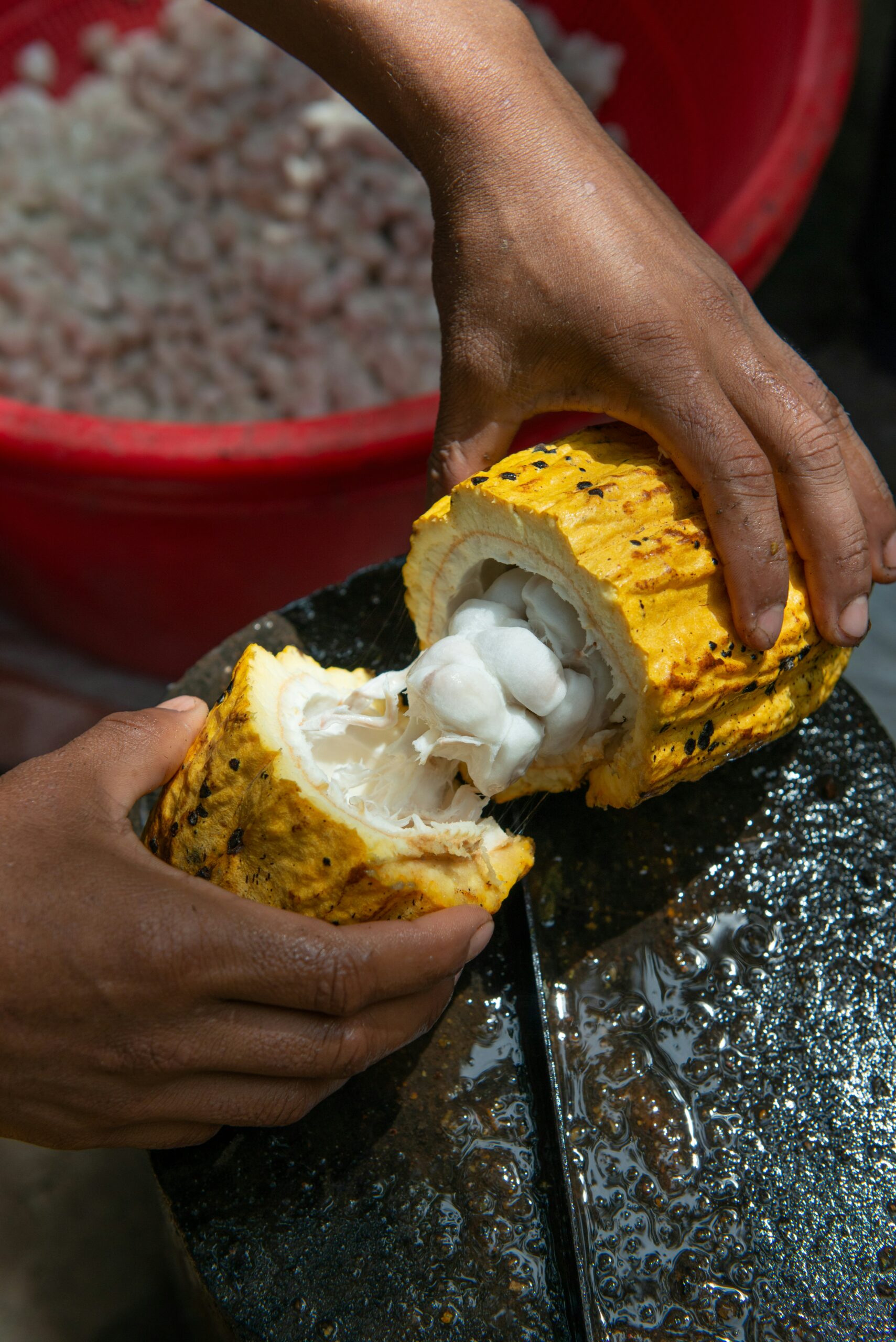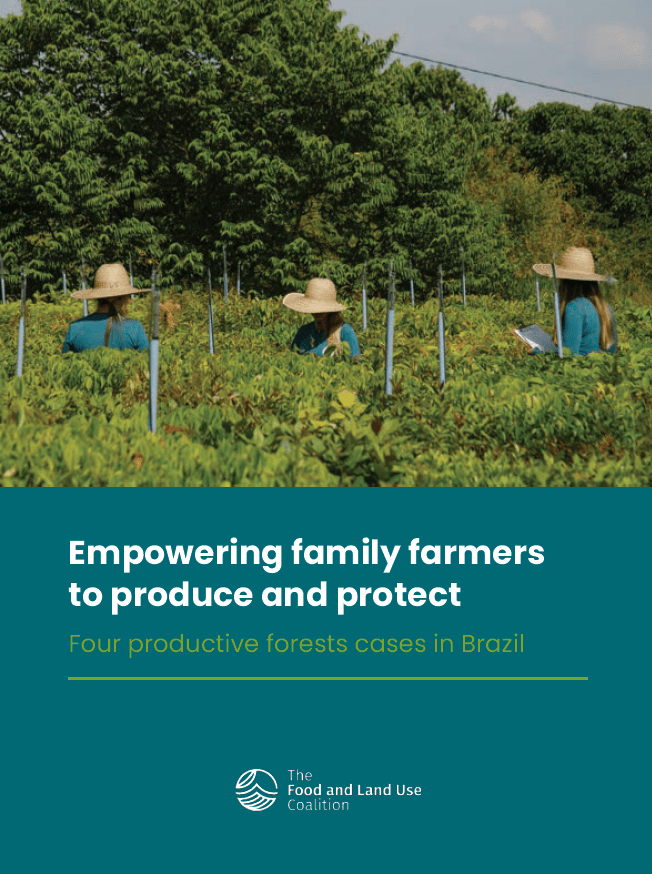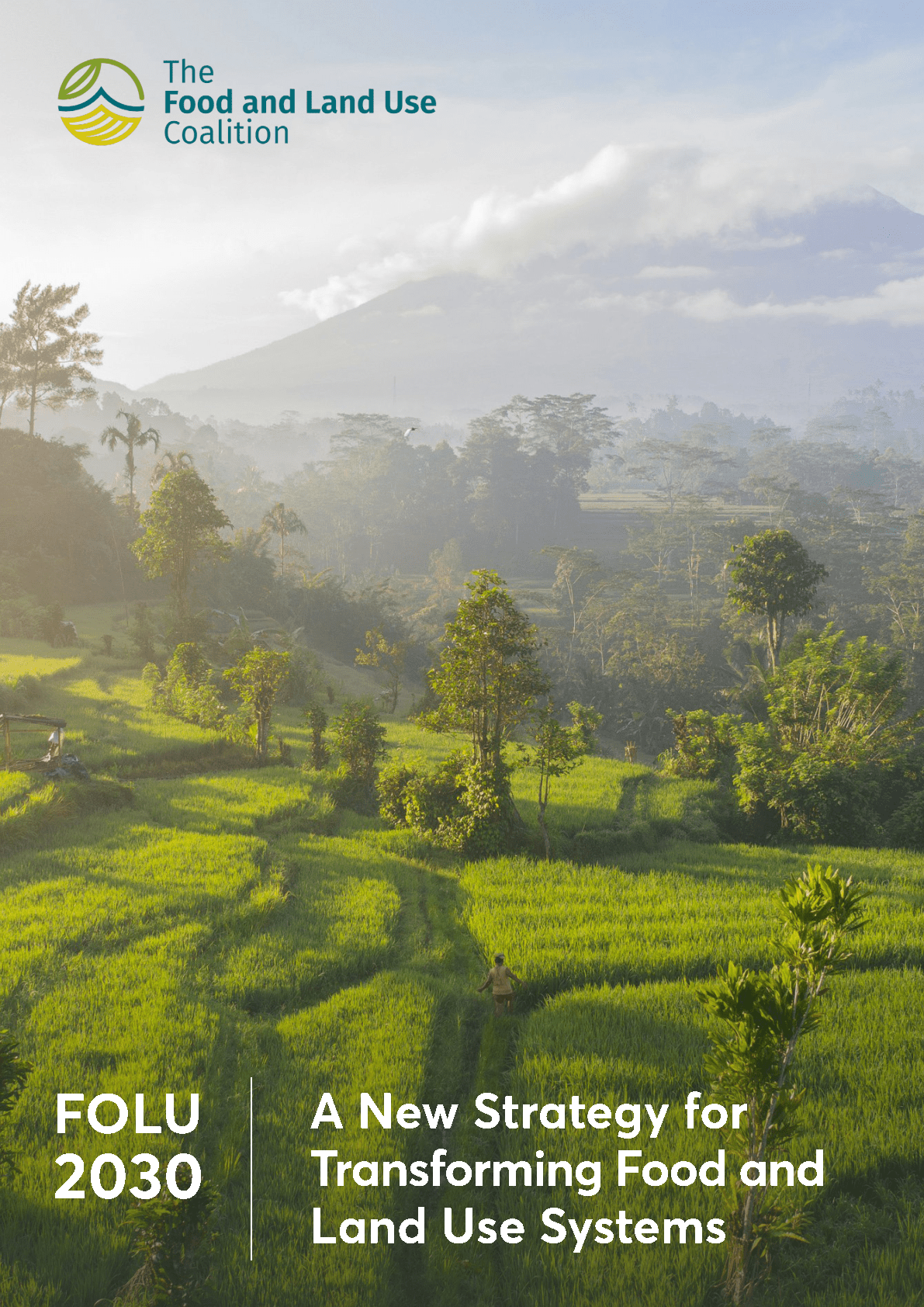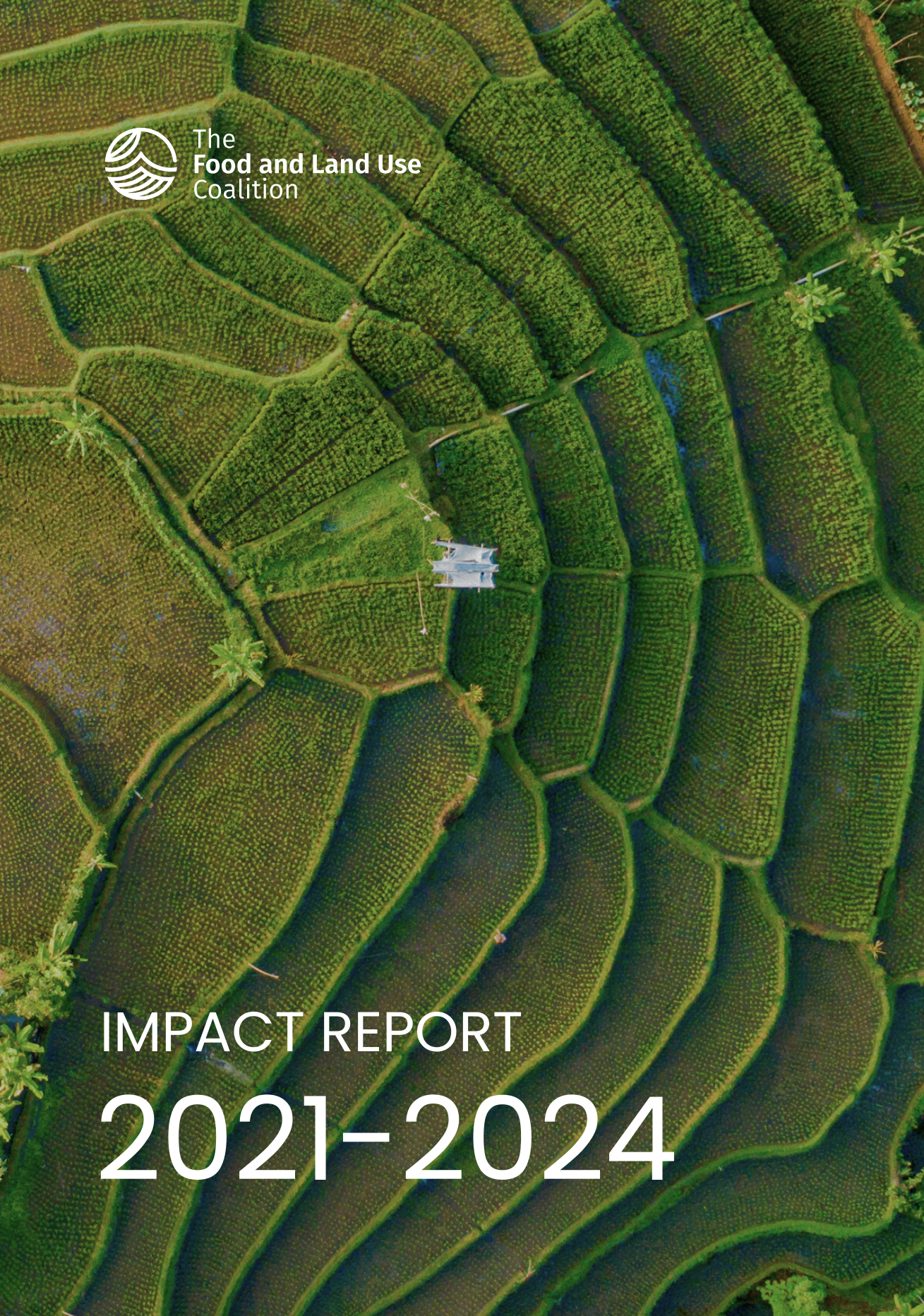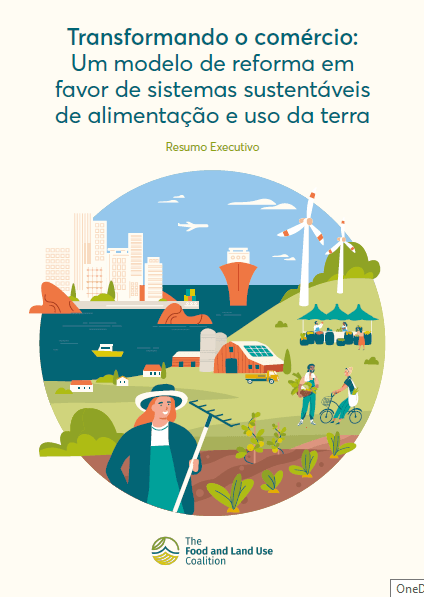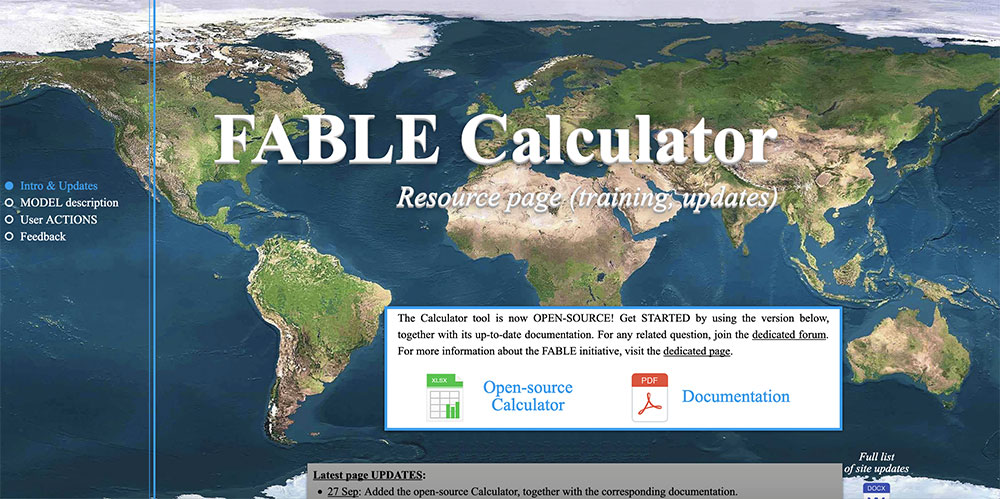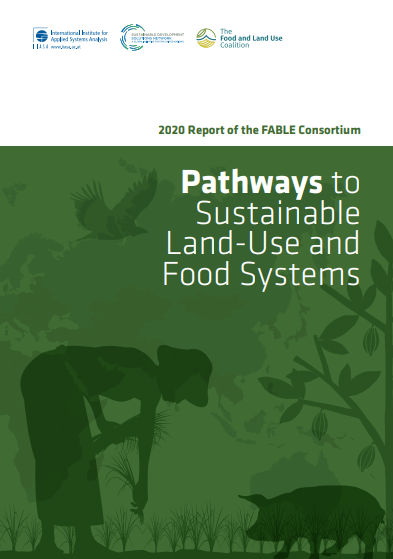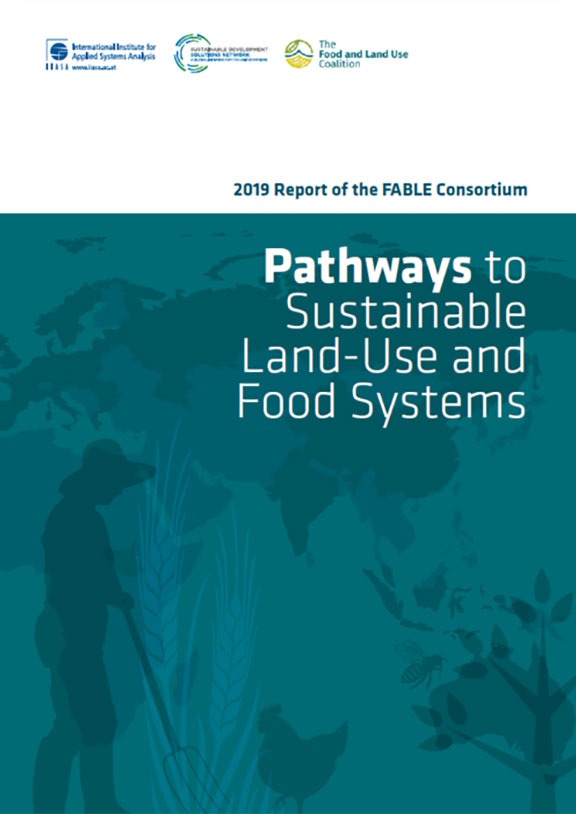Food and land use context in Brazil
Brazil's food and land use systems are characterized by vast biodiversity, extensive forest cover, and significant food production capabilities. Brazil is home to approximately 20% of the planet's known flora and fauna, the most biodiverse savanna in the world, and the largest expanse of tropical forest cover globally, which spans approximately 500 million hectares – a similar size to the European Union. At the same time, Brazil is an agricultural powerhouse, with food production accounting for roughly one-third of the country’s GDP and a major share of global agri-commodity exports, including soy, beef and coffee.
Despite these assets, approximately 20 million people in Brazil continue to face food insecurity, and emissions from food production account for more than 70% of the country’s annual footprint, driven predominantly by deforestation for agricultural expansion. Against a backdrop of rising temperatures and population growth, transforming the country’s food and land use systems to work better for people, climate and nature is critical.
FOLU activity in Brazil
FOLU Brazil aims to be one of the main reference points for food systems transformation in the country, enhancing food production, environmental protection and socioeconomic development through research, advocacy, and support for project implementation and scaling. Our objective is to support the Brazilian government, private sector and civil society in designing and implementing stronger science-based policies, tools and commitments to transform its food systems, both locally and globally.
To develop an integrated food systems agenda and promote action, we have identified five core components to guide FOLU Brazil’s overarching work:
- Contribute to the design, implementation and alignment of sustainable and inclusive agri-food policies
- Promote the strengthening and diversification of local production of fresh and/or minimally processed foods
- Identify and promote the proliferation of fair and inclusive environmental impact reduction practices in Brazilian agri-food value chains, taking into consideration outcomes for people, local communities and livelihoods
- Strengthen FOLU Brazil’s Governing Council, including its management and partnerships
- Scale Brazil’s exchanges with FOLU’s country platforms and Global Partners, with a focus on South-South cooperation.
To achieve these pillars, FOLU Brazil will work with four core partners and a secretariat co-led by Systemiq Latam and WRI Brazil. The current core partners are: CEBDS, Brazilian Coalition on Climate Forests and Agriculture, UNICAFES and AYA Institute.


